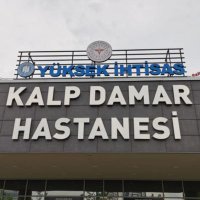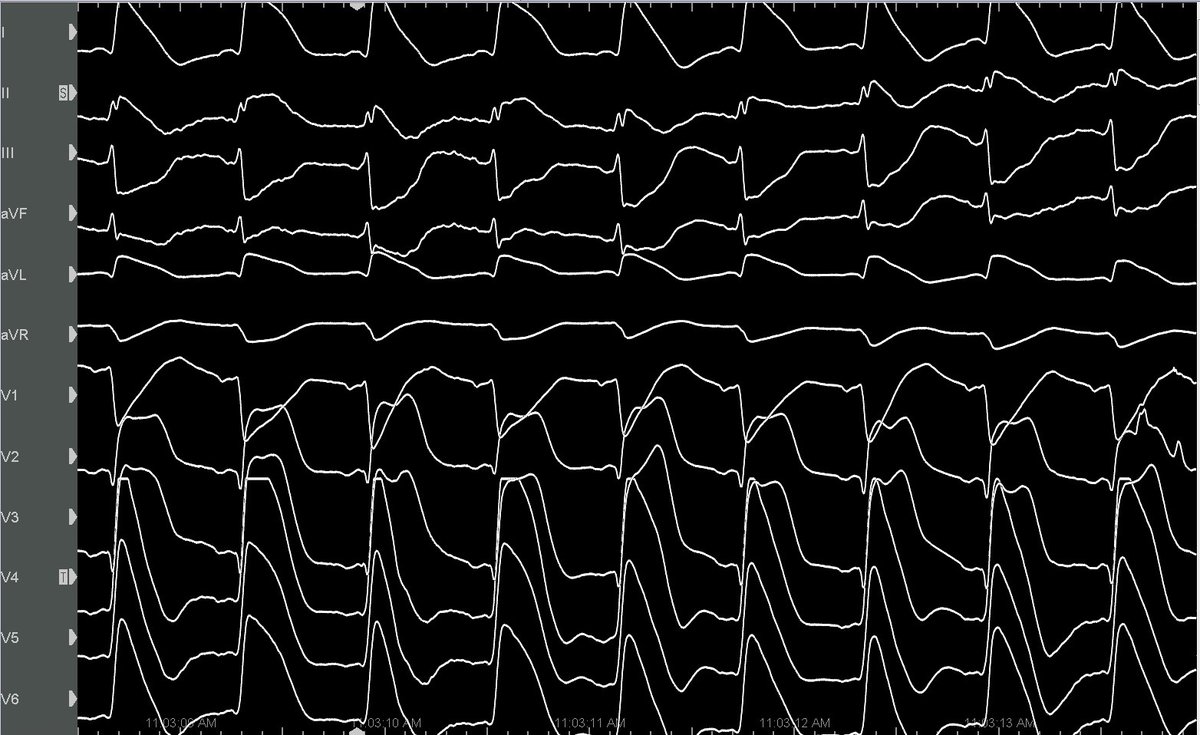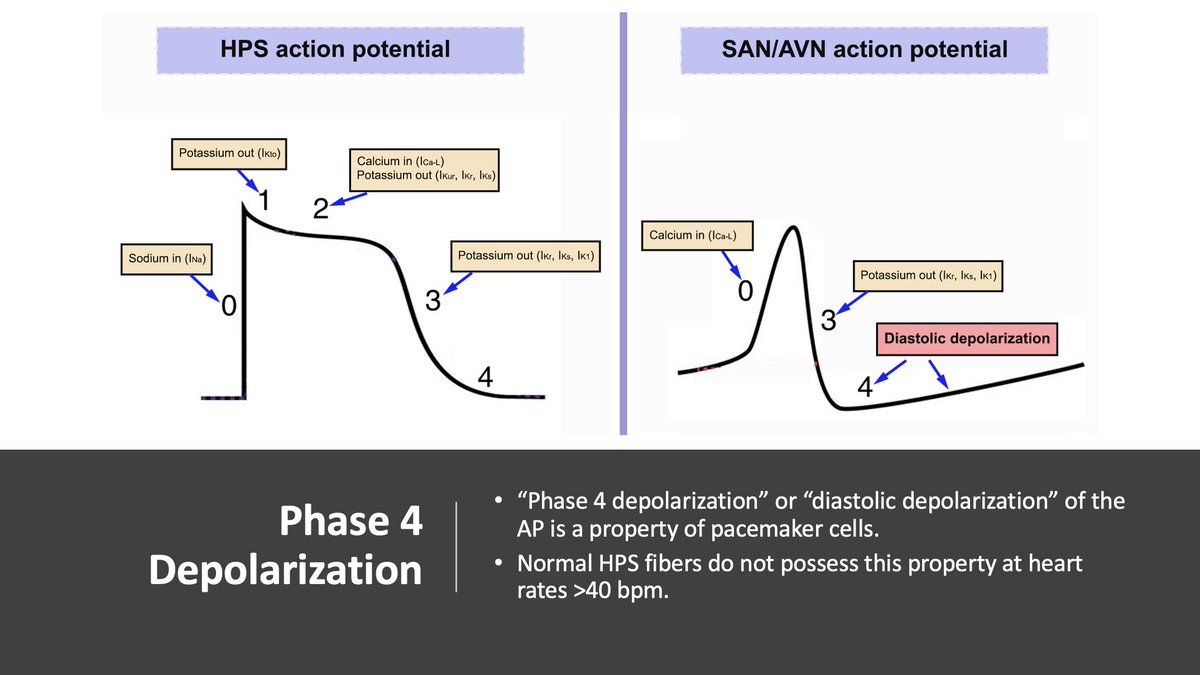
Gabriel Cismaru
@casi2007
Cardiac Electrophysiologist, father of 5 children.
ID: 695653137173061633
05-02-2016 17:00:07
178 Tweet
456 Followers
501 Following












A brief exploration of the rooster head sign Fig 1: Tacticath 3.5 mm, Ap to accentuate preexcitation Fig 2: Switch to 6 mm cryo for true mid septal Fig 3: Off pacing to evaluate AH Success at -24 degrees first freeze with Cheyenne Beach (and Roderick Tung in spirit)




New personal best: accessory pathway block in 1.6 sec of ablation🔥. Open window mapping of left lateral AP courtesy of Meg W, Eric S, Elisa DiMeo @BiosenseWebster. Turn sound up to hear an enthusiastic “woot” immediately after AP block 🤣😂🤣


When this dreadful ECG develops during the catheter manipulation and ablation of the aortic cusp extrasystoles…Özcan Özeke Elif Hande Özcan Çetin Idriz Merovci Ahmet Dr. Murat Harman Mkara Duygu Kocyigit Burunkaya diloş Fırat Özcan Prof Dr Serkan Cay Dursun Aras, Professor Serkan Topaloglu, MD






![Ziad F. Issa (@ziadissamd) on Twitter photo 2/9
Acceleration-dependent BBB (aka “phase 3 block” or “voltage-dependent block”) occurs when an impulse arrives at tissues that are still refractory due to incomplete repolarization (during phase 3 of the action potential [AP]). 2/9
Acceleration-dependent BBB (aka “phase 3 block” or “voltage-dependent block”) occurs when an impulse arrives at tissues that are still refractory due to incomplete repolarization (during phase 3 of the action potential [AP]).](https://pbs.twimg.com/media/FGQ_18rVQAQUWlT.jpg)











